High sensitivity cardiac troponins for ED chest pain evaluation (2022 ACC pathway)
ALiEM
FEBRUARY 9, 2024
The 2022 American College of Cardiology (ACC) pathway provides timely guidance [1]. Intermediate-risk patients may be further stratified based on recent stress testing or coronary angiogram findings plus a modified HEART or Emergency Department Assessment of Chest Pain (EDACS) score. Time to know your hs-cTn better.



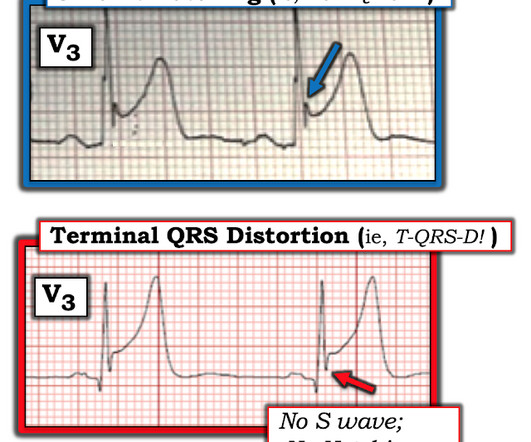

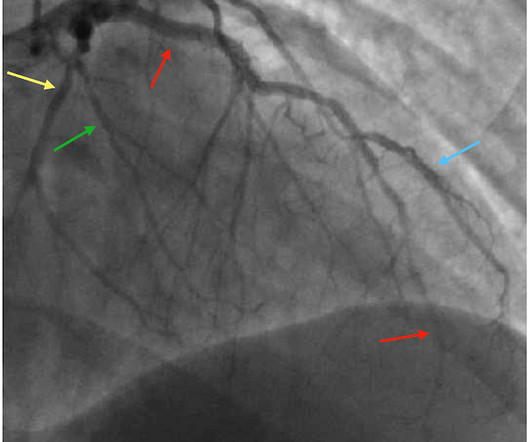

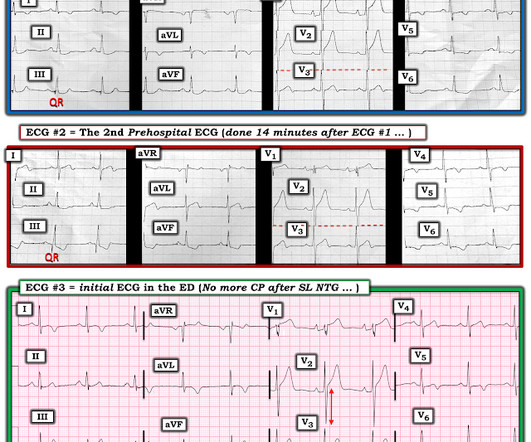

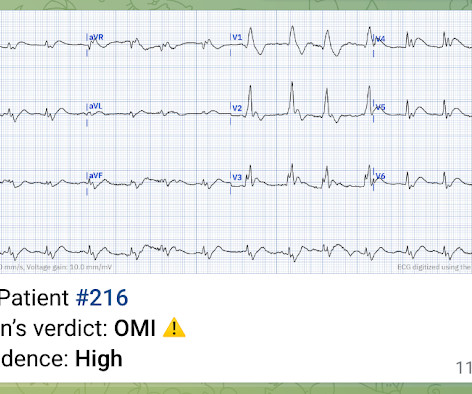


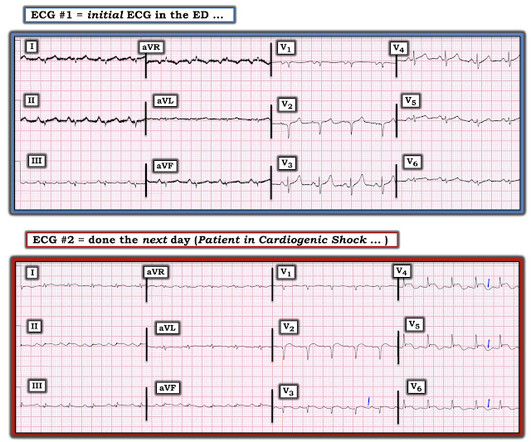

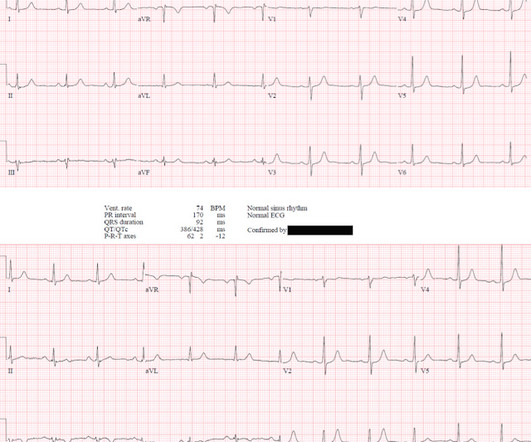
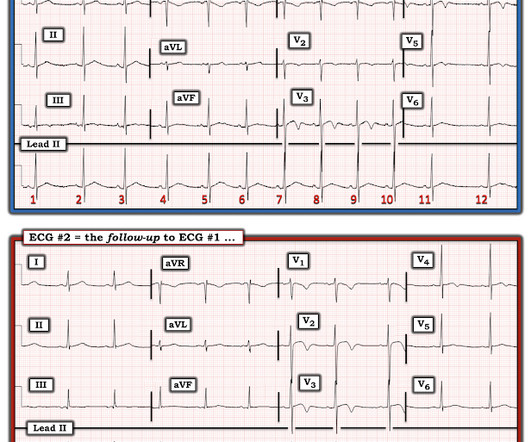



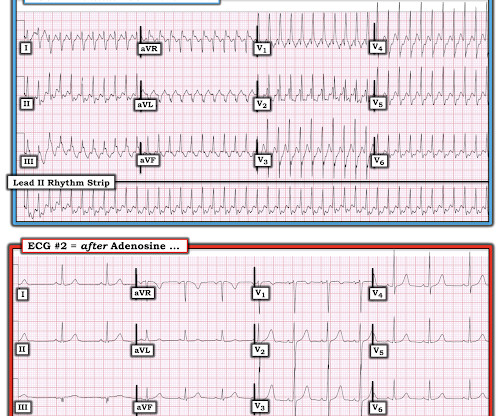

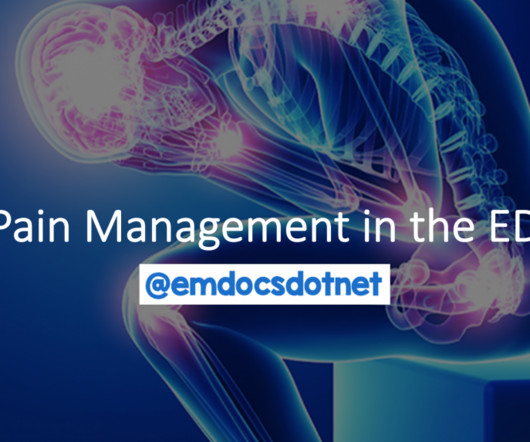
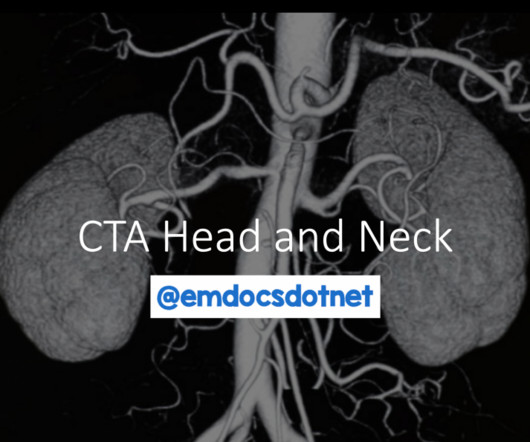






Let's personalize your content